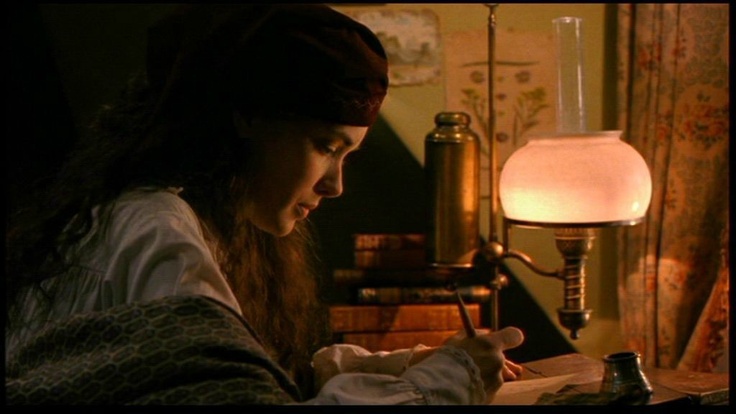On Progress
This essay was originally written in 2009 while living in an old plantation style house located deep in the wilds of West Virginia.
I hesitate to admit this, but when I was a kid I used to really enjoy the movie Little Women. Lets, see that came out in 1994, that would have placed me at 13 years old. I came across it on TV just a few days ago, and I prepared to watch it as a guilty pleasure, an activity that would go against my less-than-feminine sensibilities. But I found my attraction hadn't waned, and after some reflection I've decided what I like most about the movie is the set. Although I can enjoy the story as an adaptation of a book that was important in the context of the early suffrage movement, the set design was reported to have been obsessively and exhaustively filled with detail from this time period, the mid to late 1800's. Attention was paid to every object and activity that filled their daily lives, and it shows. It illustrates a time just before the industrial revolution was in full effect and the railroads had just come into prominence. Much like today, the debate was raging about whether the new technology was a sign of the apocalypse or some grand pinnacle of humanity. It was a time Henry David Thoreau chronicled so lucidly in his writing - a world just on the cusp of becoming much larger. Each dwelling in this film, through all the research laden display, reveals a glimpse into a way of life in which everything was still personal, organic, and in accord with nature.
At this point in our history everything was still largely made by hand, the aid of machinery minimal. They sent away for cloth and sewed their own clothes, all their food was made from scratch, and every object that had a function was garnished with personal flair. A bow made of excess cloth, iron and wooden amenities embellished with stylized emblems of nature, everything had it's origin in the natural world. Their light source was the byproduct of bees, all furnishings made of trees - no technology stood out, as though it were all made of the same warm, well worn texture. Every chair, every surface, every window, processed in a more developed fashion than in prior eras, but not with so many steps removed from the original state of matter that it should exist as alien from its setting, serving only a function. It would seem this period was the final mainstay before the relationship between humans and nature suffered it's eventual disintegration. Here, even the metals were merely melted and molded versions of their original ores, found within the earth. Something as complex as a piano was nothing but plant and animal, and even glass was derived of natural mineral. Nothing was removed from nature, no processes that did not start from the source.
This ethos is echoed by the lives they lived. Here is the story of a women coming to her daughter's rescue after the modern doctors declare her a lost cause because they cannot cure scarlet fever with bleeding of the humors. She comes in with an old knowledge and cures her daughter with nothing but water brought to a temperature and applied with woven fiber to a certain location of the body. Albeit this is no easy life, and there is a pronounced tenacity of will to survive with so thin a veil between this world and the next. And yet this persistence is not oppressive - it is somehow infused within the fabric of their daily lives, their hearts and characters. And when their efforts inevitably fail, their traditions embrace that final grace, to simply rejoice in the greatness and majesty within which they take active part. The people of this life still knew directly that the animals and plants sustained them - that everything, living and inert, had an important role to play.
Although the Amish may strain to maintain cultural autonomy today, it is clear why they at least attempted to preserve this way of life into the present era. From the mid 1900's to the infant years of the 20th century, human ingenuity made life less harsh, yet did not obscure the vibrant connections we struggle with today.



